Educational to the Republic of Malawi
- by Jana Meyer
- •
- 10 Dec, 2018
- •
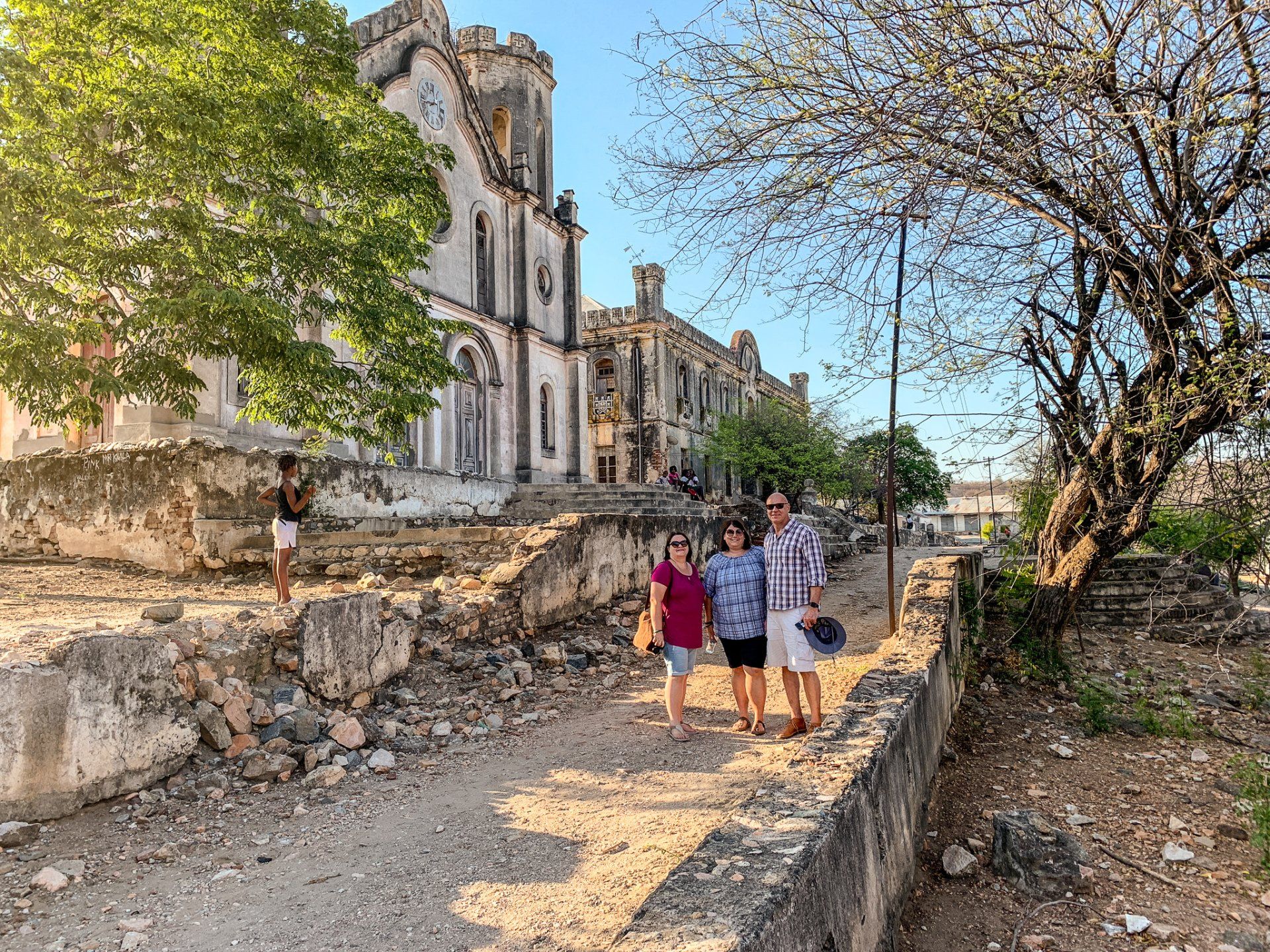
Malawi, officially the Republic of Malawi, is a landlocked country in southeast Africa that was formerly known as Nyasaland. It is bordered by Zambia to the northwest, Tanzania to the northeast, and Mozambique on the east, south and west. Malawi is diverse as the entire country Africa: weather stunning landscapes, wildlife, beautiful lakeshores or very friendly people and lots of culture and history – it offers something for everyone!
We started our 7 days trip in Tete, Mozambique and drove into Malawi. Of course it’s possible to fly directly into Malawi, but with Mozambique right next to it, it has been practical to combine both.
Tete is the capital city of Tete Province in Mozambique and is located on the Zambezi River. We were very pleasantly surprised by Tete and especially our visit to the Boroma Mission.
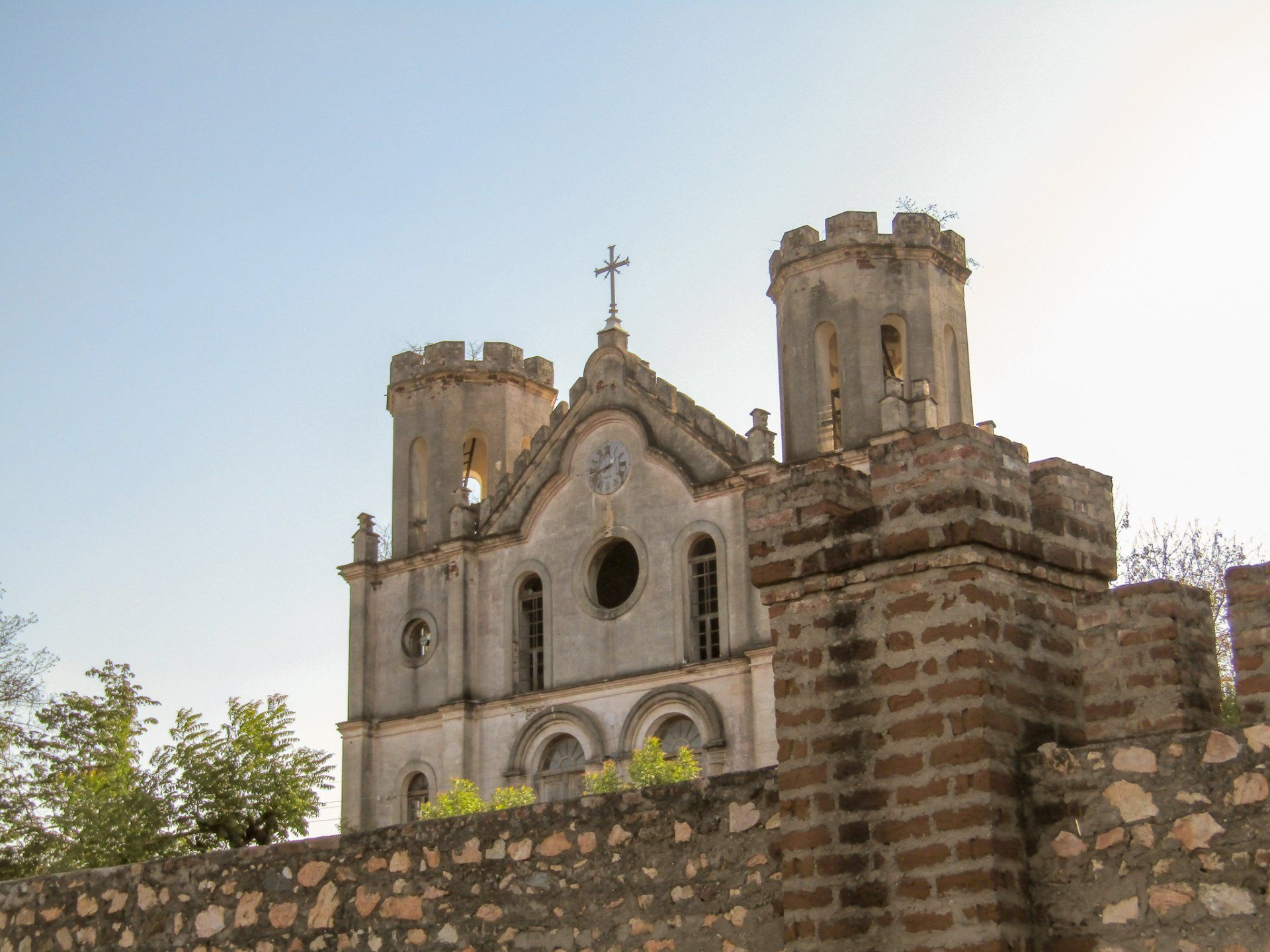
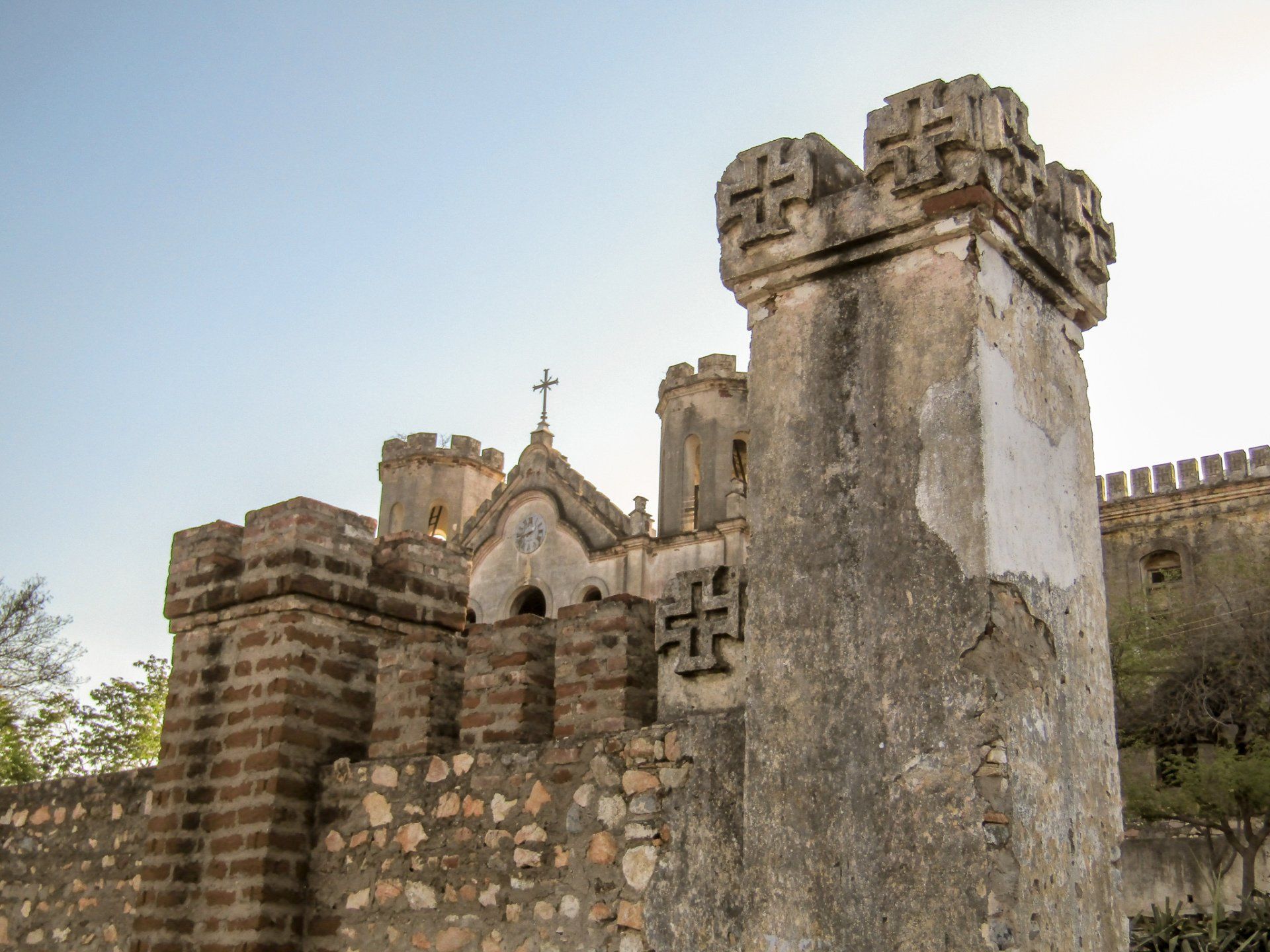
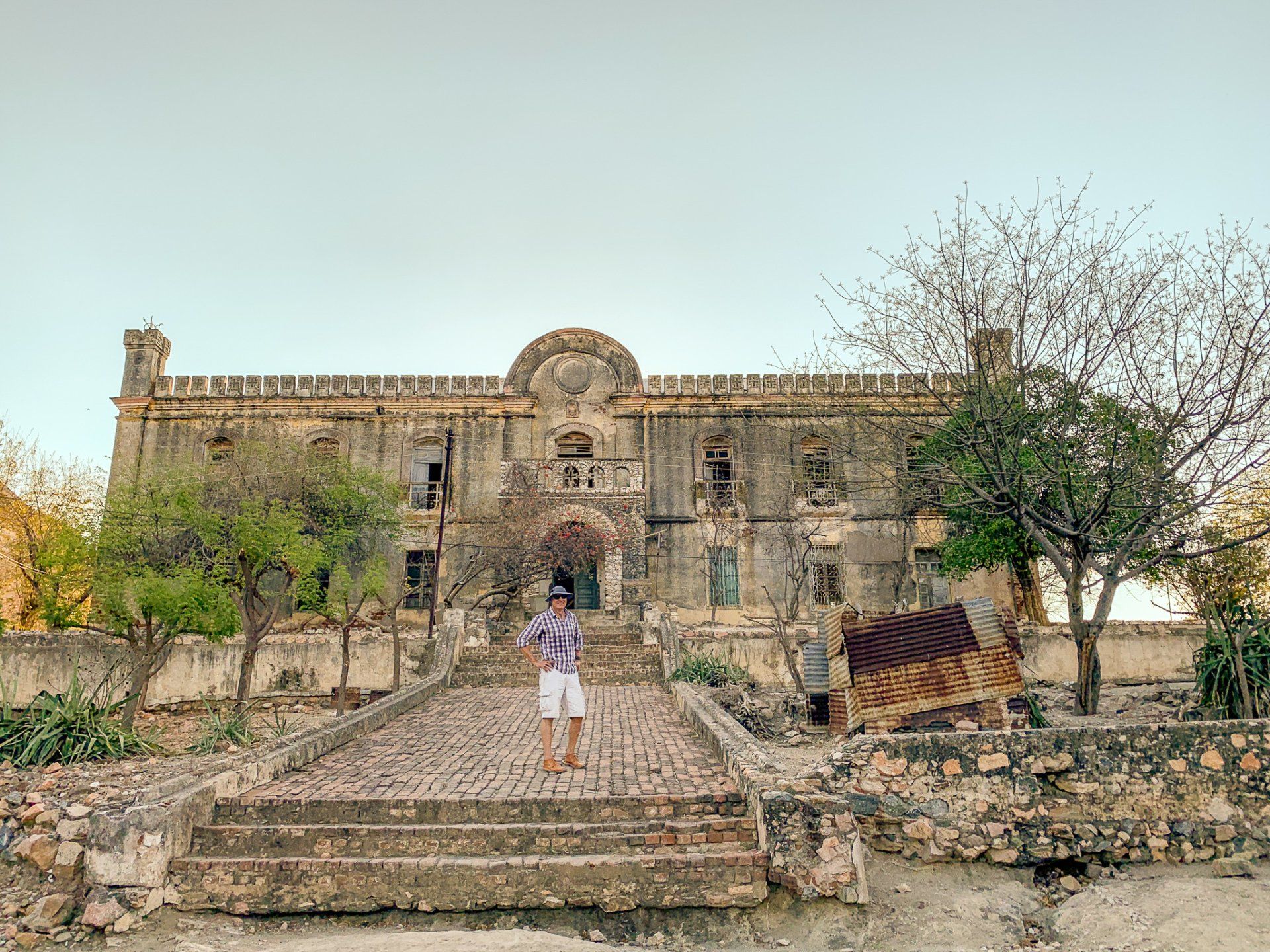
The mission of Saint Jose de Boroma is an old Jesuit mission established in the 1880s on the bank of the Zambezi River. Once grand, lavish, and magnificent, the buildings have been completely abandoned and neglected for over 25 years. Exploring it has an almost Indiana Jones like feel as you walk around crumbling church buildings with crosses and Jesuit insignia slowly being destroyed by the elements. Combined with a tuck-tuck “city/township” tour of Tete afterwards, it’s a day filled with much interesting history of Malawi.
The following morning we tackled the long awaited border crossing en route to Blantyre. The road is in excellent condition making driving a breeze. At the border, most foreigners can easily obtain their visas on the spot, however this does take some time. Our conclusion was that groups will have to budget around 1 hour for approx. every 20 passengers at the border. Blantyre was easily reached, and being a typical sprawling city in Africa and is known for its British colonial architecture and nearby parks and reserves.
From there we took the scenic route via Malawi’s stunning tea and coffee region, the Thyolo Tea Plantations, to the Mulanje Mountain Forest Reserve.
Tea has been grown in the Thyolo Tea Plantations since 1908 and the primly trimmed bushes (strictly trees) give the whole area the appearance of a neatly kept but vast garden. By arrangement it is possible to tour some of the estates and see something of the work of these plantations. The Thyolo Forest Reserve is perfect for pleasant walks and birdwatching.
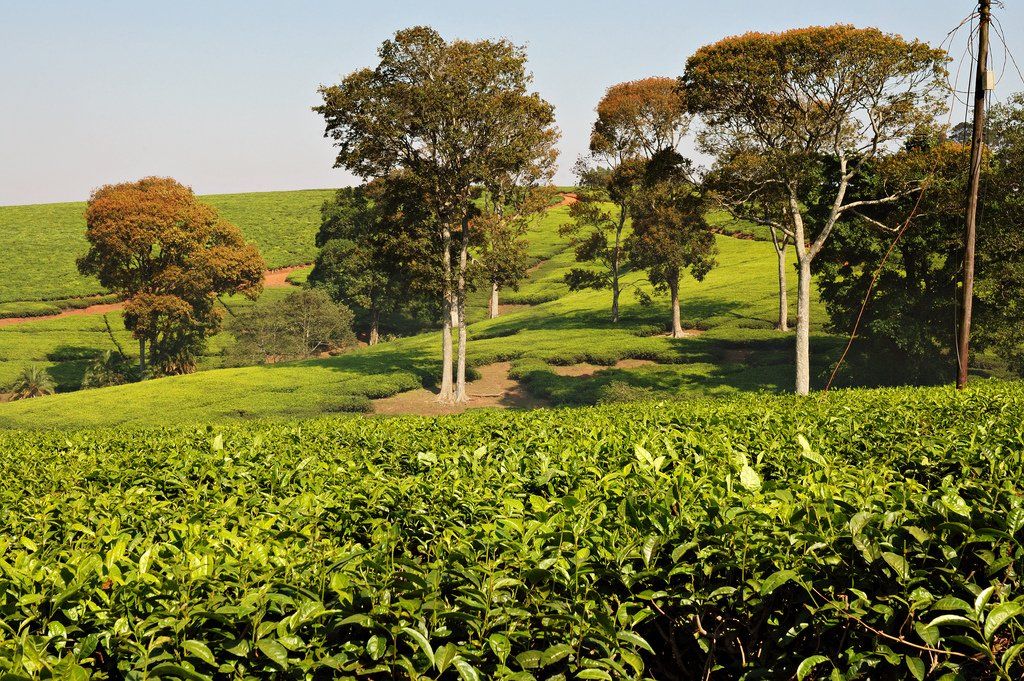
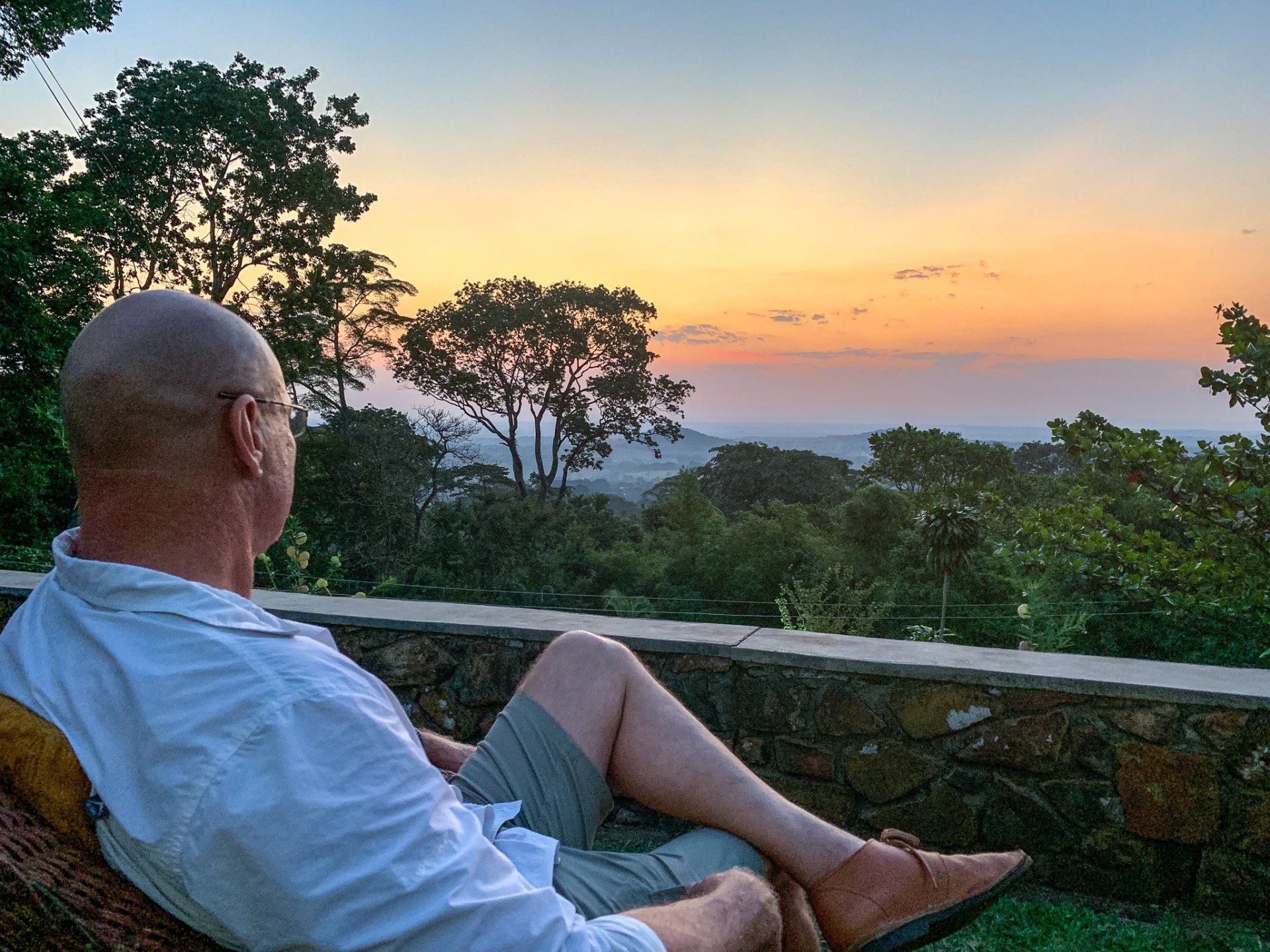
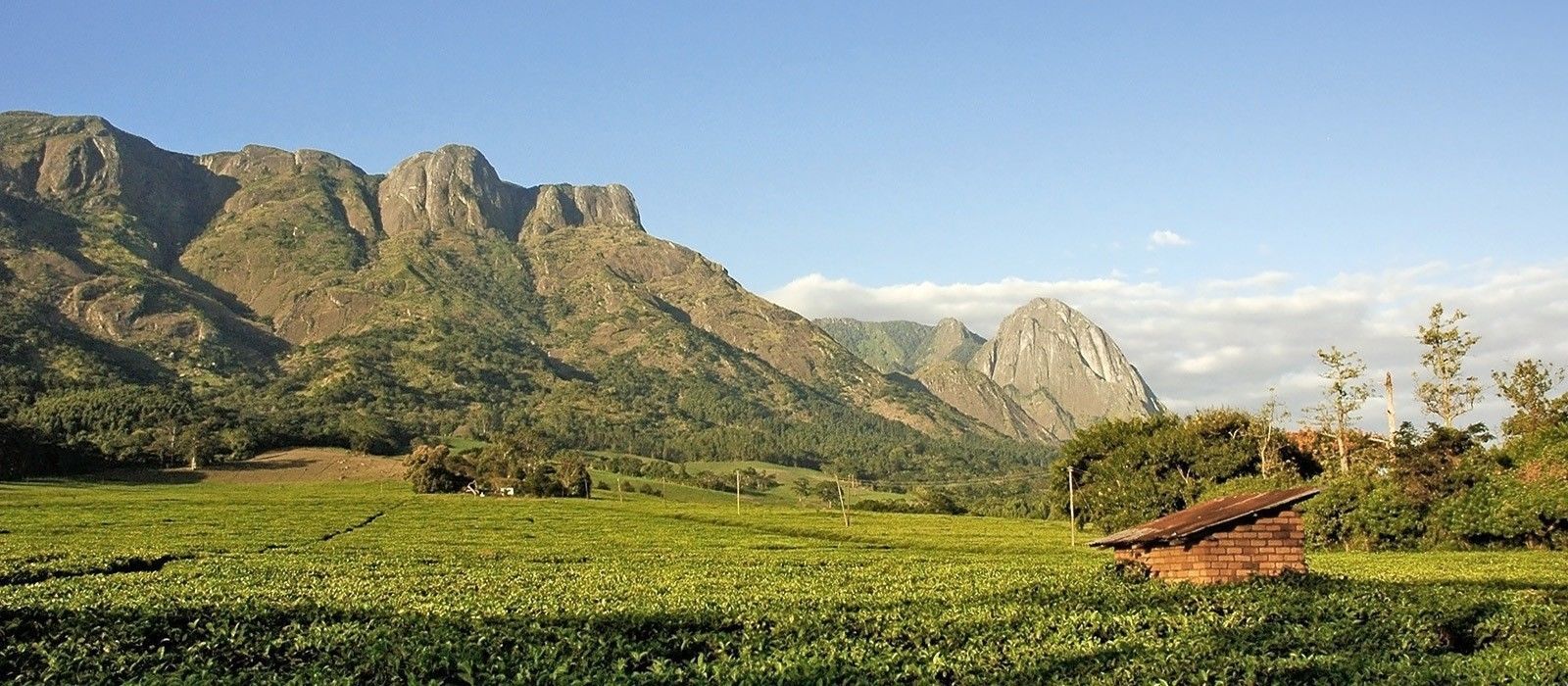
The Mulanje Mountains are definitely worth a visit, or at least a “drive by” for their spectacular beauty (the scale of this truly magnificent mountain has to be seen to be appreciated). Its bare rock flanks tower to almost 10000ft (3000m), dwarfing all that surrounds it. It lies to the east of Blantyre and is easily accessible. Visitors can drive round the foot of the massif in a day but even more attractive is to trek and camp on the mountains. There are choices between quite gentle walking and serious climbing (one needs to be fit!).
The next scenic mountain pass is the Zomba Plateau. A great slab of a mountain rising to 1800m (6000ft), it has vast tracts of cedar, pine and cypress but elsewhere the vegetation is wild and mixed. The plateau top is criss-crossed by streams and there are tumbling waterfalls and still lakes. There are driveable tracks right round the top from which are views of such splendour that they were described in colonial times as "the best in the British Empire". Either walking or driving, there is always something to see.
One of the most pleasant surprises on our trip was Liwonde National Park. With the recent re-introduction of lion and cheetah in the park, Liwonde is once again a Big Five reserve. The park boasts a spectacular river frontage down the entire length of the park, making for breathtaking scenery and abundant animal life.
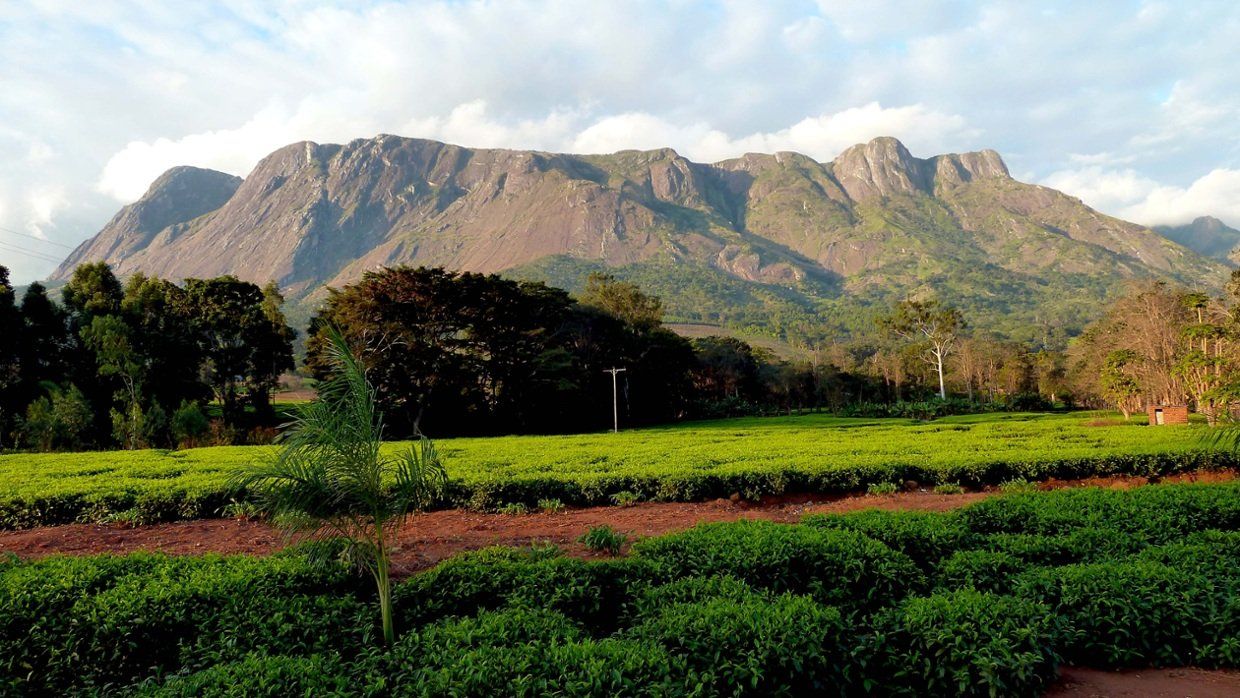
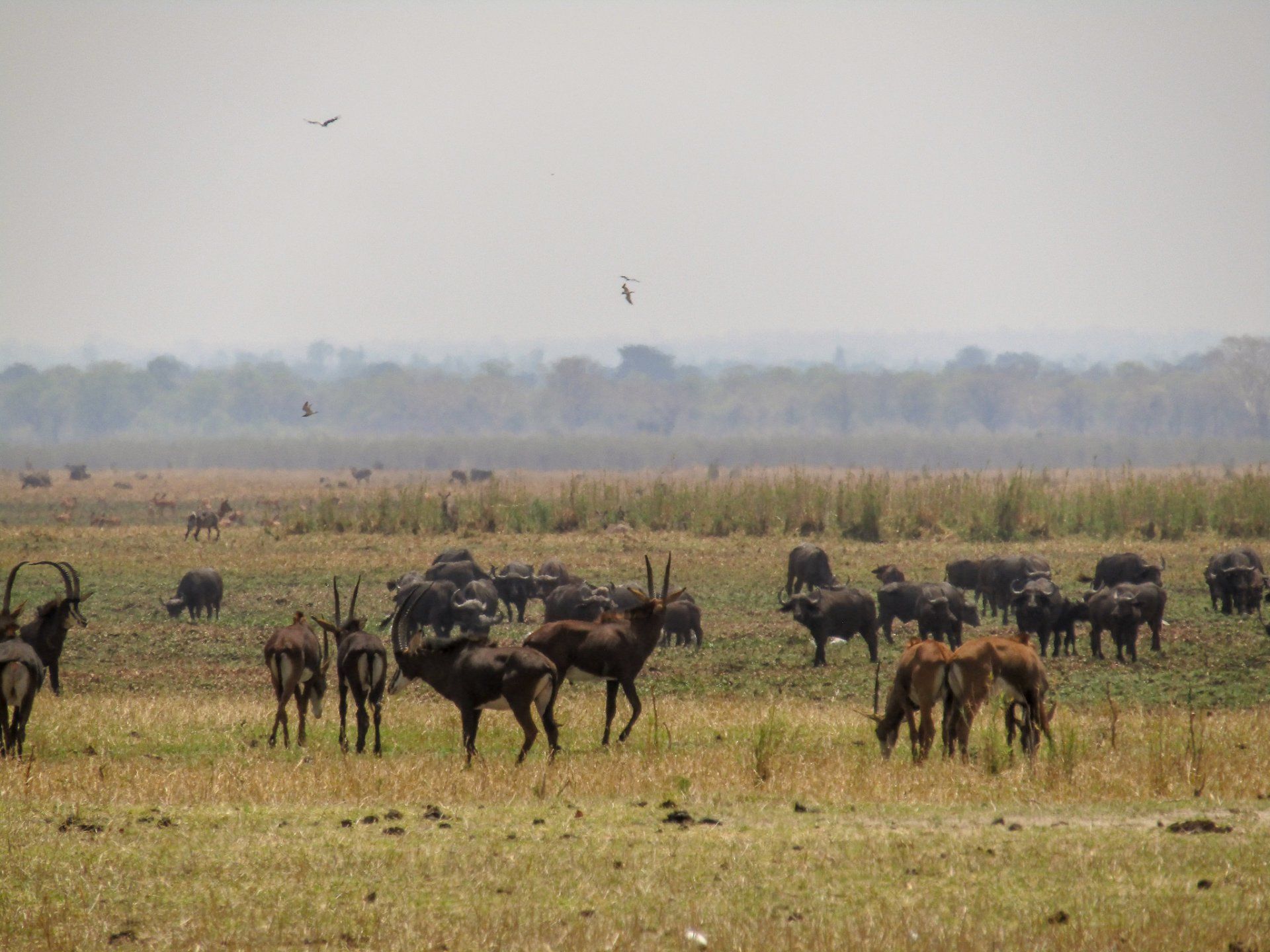
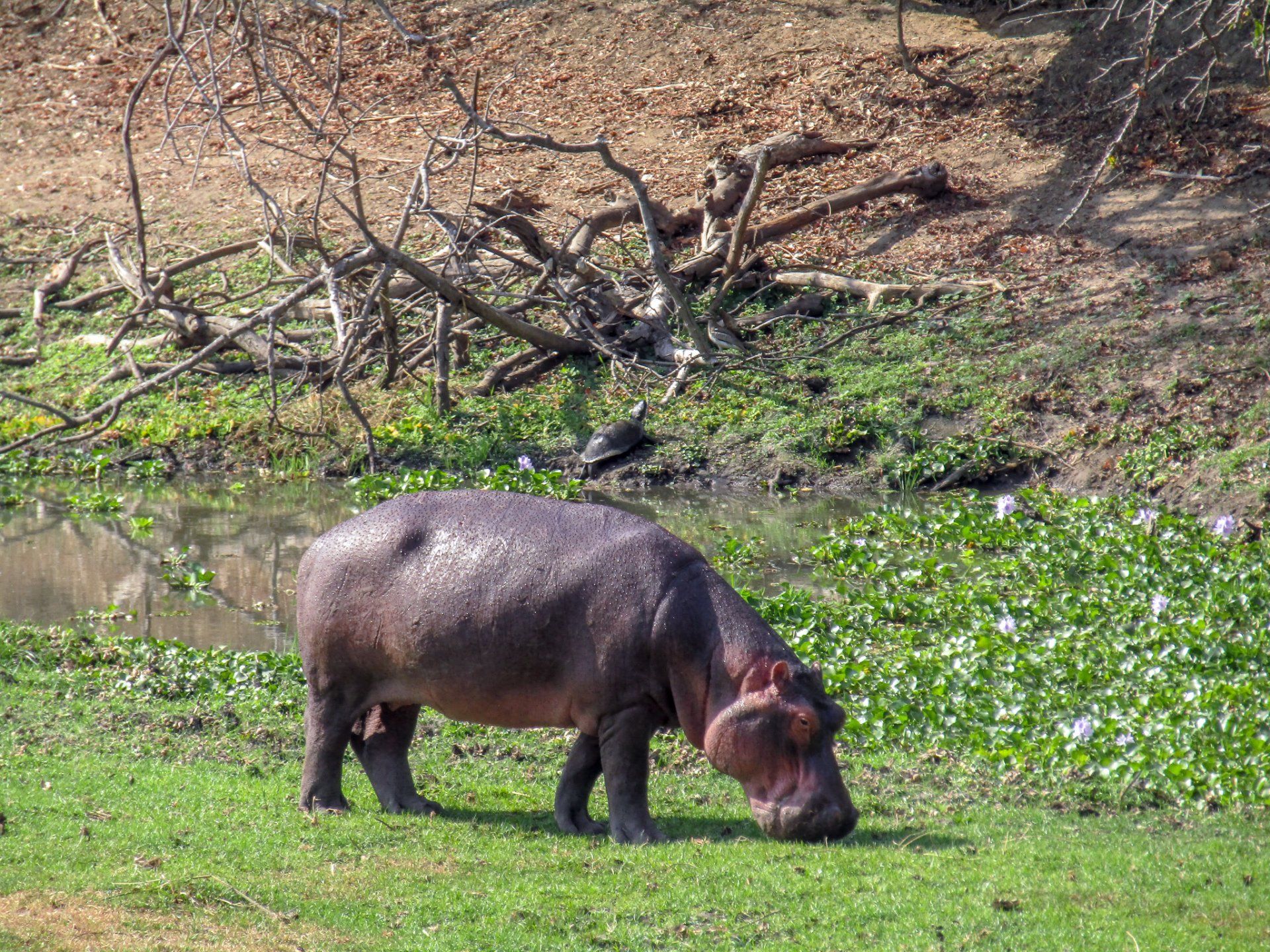
After Liwonde, we eventually experienced the reason for Malawi’s fame – Lake Malawi.
Lake Malawi certainly did not disappoint – it has the nickname “Lake of the Stars” attributed to explorer David Livingstone giving it this nickname after seeing the lanterns of the fishing boats out on the lake at night 150 years ago. Its approximate dimensions are 365 miles north to south and 52 miles broad. The Lake, in the north, is quite extraordinarily deep: 2300 ft/700 m, plunging well below sea level. Because of its rich fish harvest, the Lake plays an important part in the economy. Fishing villages are scattered along the shore and the traditional industry and practices are an attraction to visitors. Access to the Lake is possible along much of its length but it should be noted that it is usually necessary to take a short detour off the main roads in order to reach the beach.
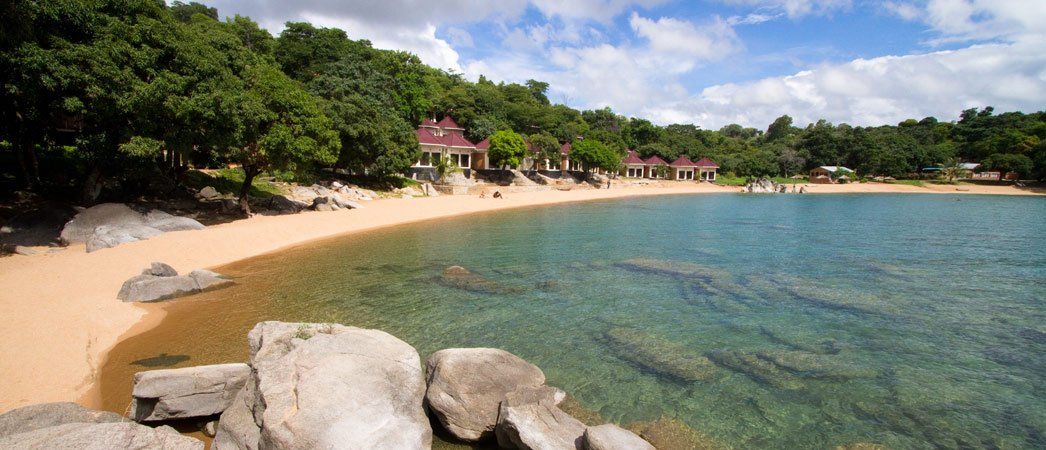
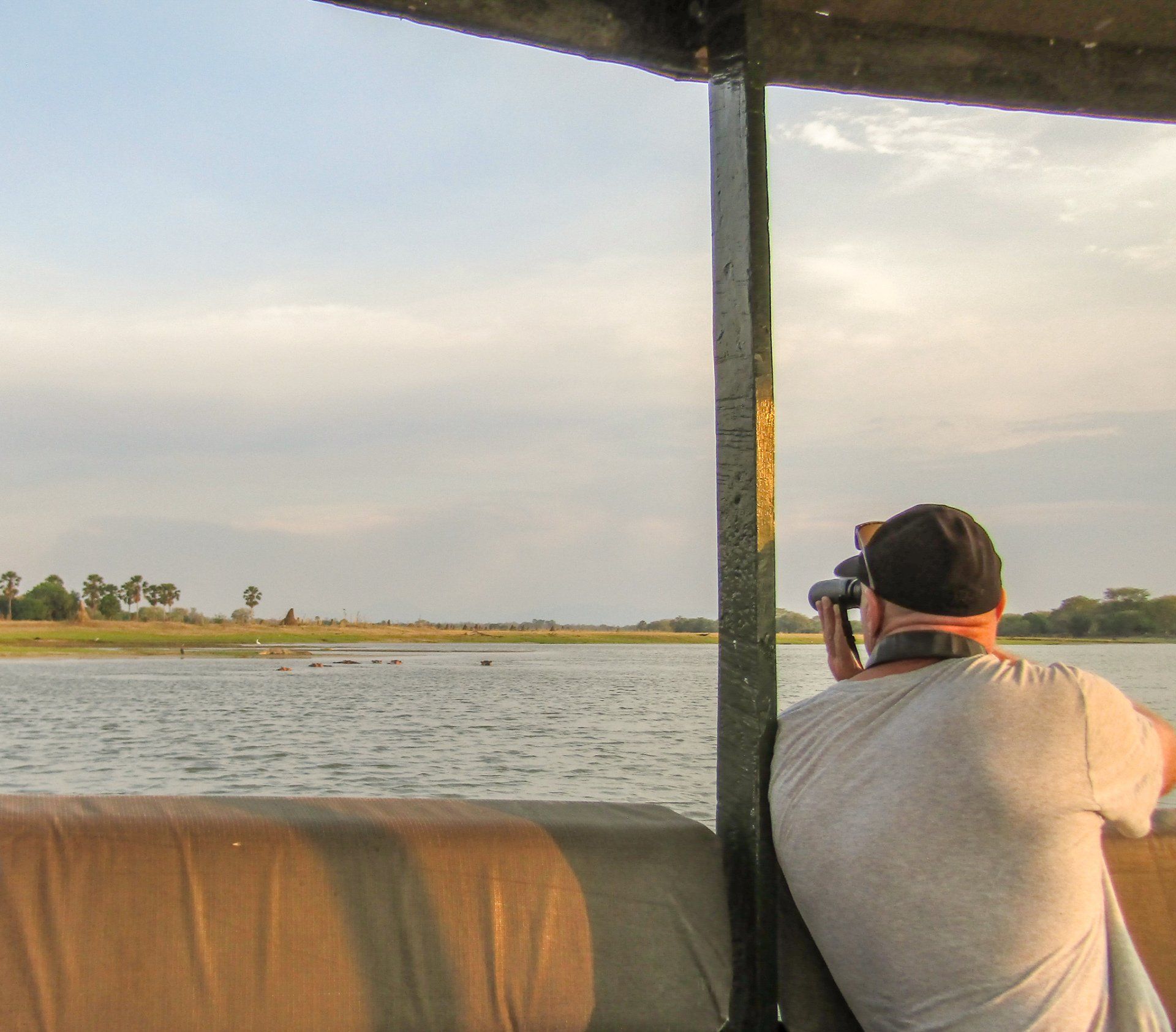
We visited several sights along the lake, and determined that each beach destination is unique enough to justify staying in at least two different locations along the shore, or on one of the private islands in the lake. Personal highlights included the laid back, “Island Vibe” backpackers heaven of Cape Maclear, with it’s good snorkeling around the rocks of Otters Point and off Mumbo Island, as well as Blue Zebra Island Lodge, tucked away on Nankoma Island, a part of the Marelli Island archipelago.
Over all – Malawi is a real secret and we are happy to had the opportunity to visit this pearl.
























































































































































































































